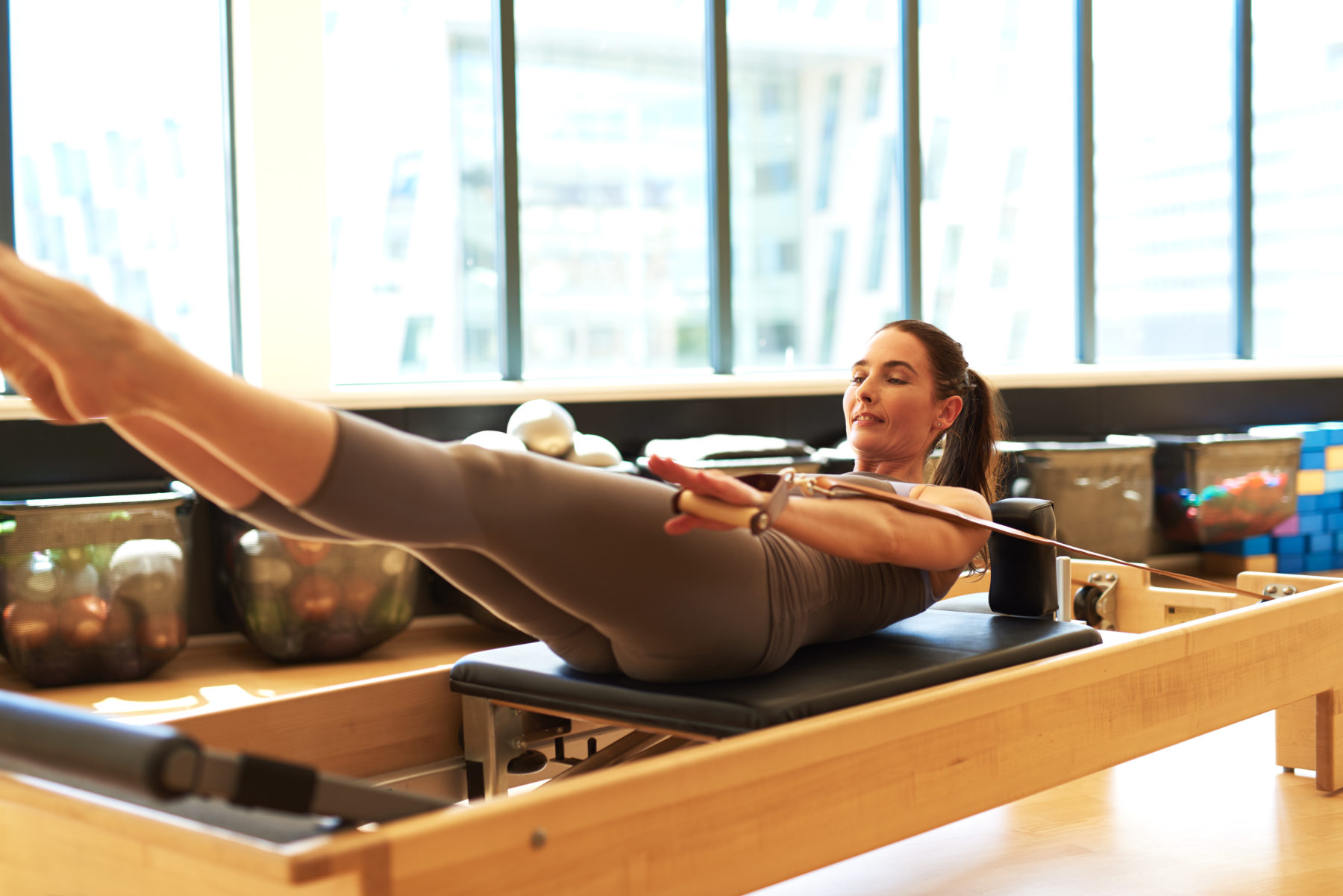
01 Aug Engage Your Core With Pilates
An extremely common issue for dancers, lower back pain can affect your performance as a dancer and in more serious cases, severely disrupt your daily routine. While most of us have probably heard the advice to strengthen our core, the solution is to specifically improve our transverse abdominus strength. Transverse Abdominus (Tra Ab) is a deep abdominal muscle that directly supports your lumbar spine. People who experience episodes of lower back pain can have very weak Tra Ab that essentially equates to a lack of support and stability of the spine when completing everyday tasks such as standing up from a lying position or picking something up and carrying it.
The layout of core musculature
The abdominal wall has 4 layers of muscles of which 2 are critical in supporting the spine. Firstly, the multifidus is a network of small muscles that run close to the center of the spine and vertebra. It limits the poorly controlled movements of the spine that have the potential to cause serious injury. A popular way to re-train multifidus is to perform exercises whilst lying on your stomach. Meanwhile, the Tra Ab is a muscle akin to a corset wrapped around the body to brace and support the back. When Multifidus and Tra Ab are trained properly and thinking about the core as a whole (working different sections in order to stabilize the spine), the core is transformed into a strong, rigid cylinder.
Females who have recently had a baby are also in need to retrain pelvic floor muscles to add to that cylinder effect of a strong and effective core. “Good” core muscles equate to these muscles are working effectively and efficiently to keep the spine rigid and to prevent future injuries. For athletes, it is critical to have good core stability as almost all sporting techniques and movements come from this basis known as the core. Research indicates that without guided exercises from a trained health care professional to re-set the core muscles, you are more likely to either exacerbate the injury or place undue stress on the core muscles.
Benefits of Pilates
-
- Increase the strength of your spinal stabilizer muscles that directly takes the pressure off the lower back
- Improve the tone of your musculature
- Increase your abdominal strength
- Can improve incontinence problems as well as improve post-pregnancy stomachs
- Act as a preventative from future lower back pain
Pilates is a form of supervised exercise that incorporates stabilization of the core muscles to increase flexibility, tone, muscle strength, and endurance. Posture and balance each play critical components ass well, that is why it is not uncommon to be performing some of these exercises standing up. During mat classes, students are either on their back, side, or stomach depending on what particular muscle group you are targeting. This also involves the use of gravity to help challenge that core even more. We only run small class sizes of between 6-15 people to really evaluate your technique and when to move to the next level of progressions. Through this model, you can safely progress your core strength whilst minimizing the harm that could arise to your lower back. It is important to remember to start at a basic level to learn the movement first. Once the skill becomes easier then it is time to progress and challenge yourself further.
Breathing is another important component of pilates. By taking a deep breath before you commence the movement, you are actively moving the ribcage upwards and outwards to properly prepare yourself for movement. As you exhale and subsequently begin the movement pattern, you are engaging your diaphragm muscle as well as the ribcage relaxes downwards and inwards (limiting flaring of the ribs). We encourage you to practice this concept at home whilst lying on your back in order to get sufficient oxygen to the working muscles.
